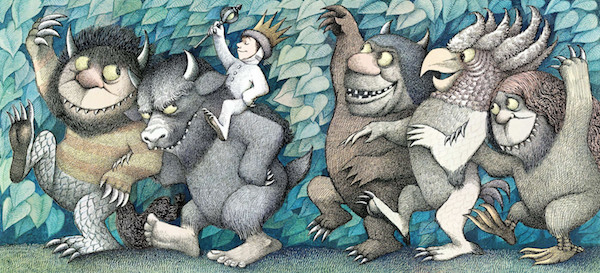Podcast: Play in new window | Download
Subscribe: Spotify | Email | TuneIn | RSS
Shhhh! There he is. Behind that rack of Eppendorf tubes….
The elusive ‘Postdoctoral Fellow’ in his native habitat!
If we’re quiet, we may be able to observe him as he completes an experiment, writes a few paragraphs in a grant proposal, and nurtures his young (i.e. graduate students.)
Postdocs are difficult to study in the wild, and no one knows exactly how many of them exist outside of captivity.
But thanks to a recent study from the University of California, San Francisco (UCSF), we are starting to understand their migration patterns as they leave the safety of the training lab and venture into the wider world.

If only they’d wear tracking collars
Last week on the show, we explored the embarrassing lack of data surrounding the number of postdoctoral fellows in American Universities. We called for better tracking to improve training and prepare students for a broad variety of careers.
This week, we get our wish, as Elizabeth Silva et al. help to shed a little bit of light on what happens to scientists after the postdoc period is over.
In their study “Tracking Career Outcomes for Postdoctoral Scholars: A Call to Action” published in PLOS Biology last month, Silva and colleagues followed 1,431 postdocs from 28 training programs at UCSF. The study ran from from 2000 to 2013, and represented labs from 277 different faculty members.
So where did the postdocs go?
Over 80% went on to careers we traditionally think of as ‘research’ in academia, industry and government. Another 12% were in science-related careers like K-12 education, communication, policy, regulation, and business development. Another 4% sought more training, and 1% were classified as ‘other.’
While the bulk of postdocs stayed in research, not all went on to traditional tenure-track faculty positions. In fact, the article implies that some labs produce more faculty-track trainees than others. What’s their secret?
In the end, we believe additional research like the UCSF study can help Universities to prepare their trainees for the full breadth of careers possible with a PhD.
And while the UCSF data is important, it’s just a tiny snapshot of the overall ecosystem. The authors call on other institutions to track their own students and trainees, so that we might begin to understand the lifecycle of a modern scientist.
Beer and weed?
To wash out the taste of last week’s Lemon Shandy, Josh picks up a top-shelf bottle of Clouds of Pale Gold Brett Farmhouse Ale from the Urban Family Brewing Co in Seattle. It’s brewed with lemon and dandelion greens for a citrusy bitter one-two punch.
And because it’s bottle conditioned, make sure you take the first pour. Save the dregs for your friends and co-hosts!